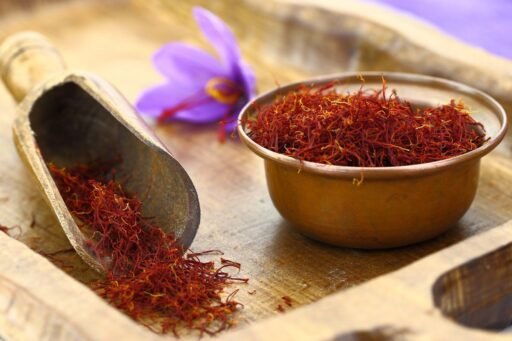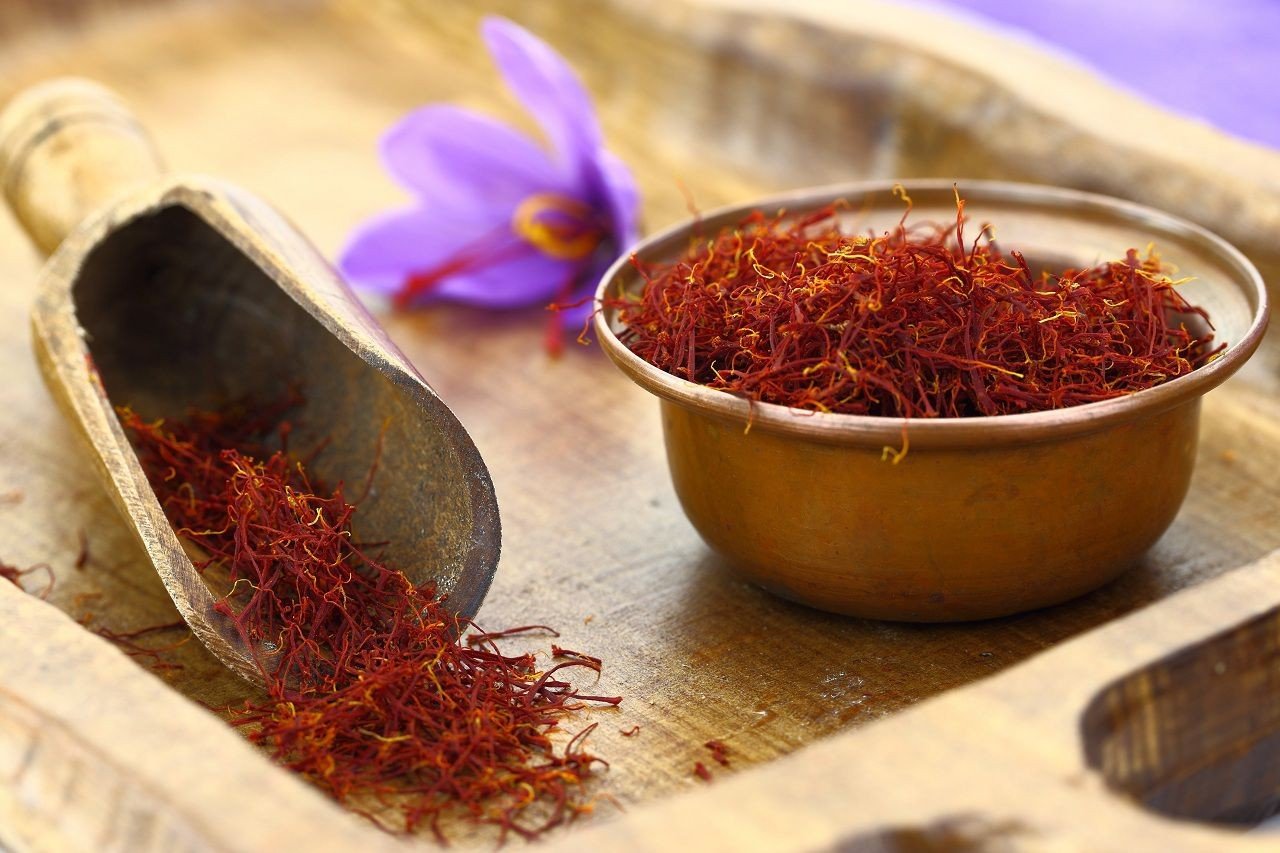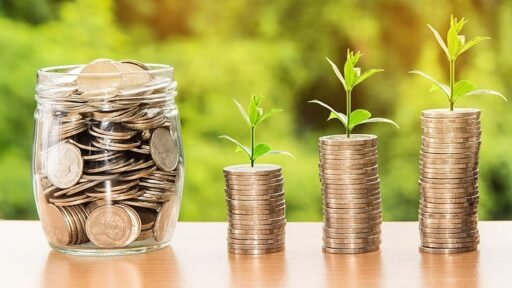Saffron, the golden threads of culinary luxury, has captivated civilizations for over 3,500 years. Known as the world’s most expensive spice—costing $500 to $5,000 per pound—this vibrant ingredient is prized for its flavor, aroma, and medicinal properties. At Nexus Mag, we explore saffron’s rich history, versatile uses, and expert tips for handling this precious spice.
Why Is Saffron So Expensive?
Saffron comes from the delicate stigmas of the *Crocus sativus* flower, harvested by hand in a labor-intensive process. Each flower yields just three stigmas, and it takes around 150,000 flowers to produce a single pound of saffron. This meticulous method, combined with its cultivation in specific regions like Iran, Spain, and India, drives its high cost.
A Spice Steeped in History
Documented as early as the 7th century BCE in Assyrian texts, saffron has been revered across cultures. In ancient Persia, it scented palaces and adorned sweets. During the Sasanian and Qajar eras, it flavored drinks, desserts, and medicines. From coloring royal pastries to treating ailments, saffron’s legacy spans continents and centuries.
Culinary and Cosmetic Uses
Saffron’s bitter-sweet flavor, hay-like aroma, and vivid hue elevate dishes like Persian sholeh zard, Spanish paella, and Indian biryani. It’s also a star in cosmetics, softening skin in creams and masks. Historically, it perfumed oils and incense, adding elegance to celebrations.
Medicinal Marvels of Saffron
Saffron’s apocarotenoids—crocin, crocetin, picrocrocin, and safranal—offer potent health benefits. For over 2,500 years, it’s been used to ease cramps, asthma, menstrual disorders, and pain. Ancient Persian physicians prescribed it for depression, headaches, and digestive issues, even using saffron infusions as an antiseptic eye wash.
Modern studies confirm saffron’s power:
- Mood Booster: 30 mg daily rivals antidepressants like fluoxetine for mild to moderate depression, aiding postpartum recovery in six weeks.
- Cancer Fighter: Its antioxidants neutralize free radicals, inhibiting cancer cell growth in lab studies (e.g., colon, breast, lung).
- Sleep Aid: A few saffron threads in warm milk before bed can improve sleep quality and combat insomnia.
Growing and Harvesting Saffron
Saffron is planted in May or June, thriving in warm climates. It requires minimal irrigation—only at planting and before harvest in October to mid-November. Once planted, saffron bulbs yield for seven years. Quick drying and cleaning post-harvest ensure export-quality saffron with vibrant color and aroma.
How to Store and Prepare Saffron
To preserve saffron’s potency:
- Keep It Dry: Store in airtight containers or sealed plastic away from light and moisture. Refrigerate brewed saffron for later use.
- Grind Fresh: Crush saffron just before use to maximize flavor. Use a mortar, saffron grinder, or spoon over plastic for a silky texture.
- Freezer Trick: Freeze brewed saffron in ice cube trays or containers for vibrant color without losing taste.
Brewing Saffron Like a Pro
Saffron can be brewed three ways:
- Boiling Water: Sprinkle saffron into boiling water, let it steep, and avoid excess water for rich color.
- Ice Method: Add saffron to ice, seal the container, and let it steep for hours at room temperature for intense color and aroma.
- Cold Water: Steep in cold water for a slower but fragrant infusion.
The ice method yields the most color and preserves aroma, though it takes longer (at least one hour).
Spotting Authentic Saffron
Beware of fake saffron, often weighed down with oil. Authentic saffron:
- Isn’t glossy.
- Doesn’t leave oily residue when pressed between paper.
- Has trumpet-shaped threads—narrow at one end, wider at the other.
Avoid loose saffron sold in open containers, as it loses aroma and quality.
Why Saffron Is Worth It
Saffron’s price reflects its labor, history, and versatility. From enhancing dishes to boosting mood and fighting disease, this spice is a treasure. Try these tips to make the most of it, and explore more culinary gems in our Lifestyle hub at Nexus Mag.






